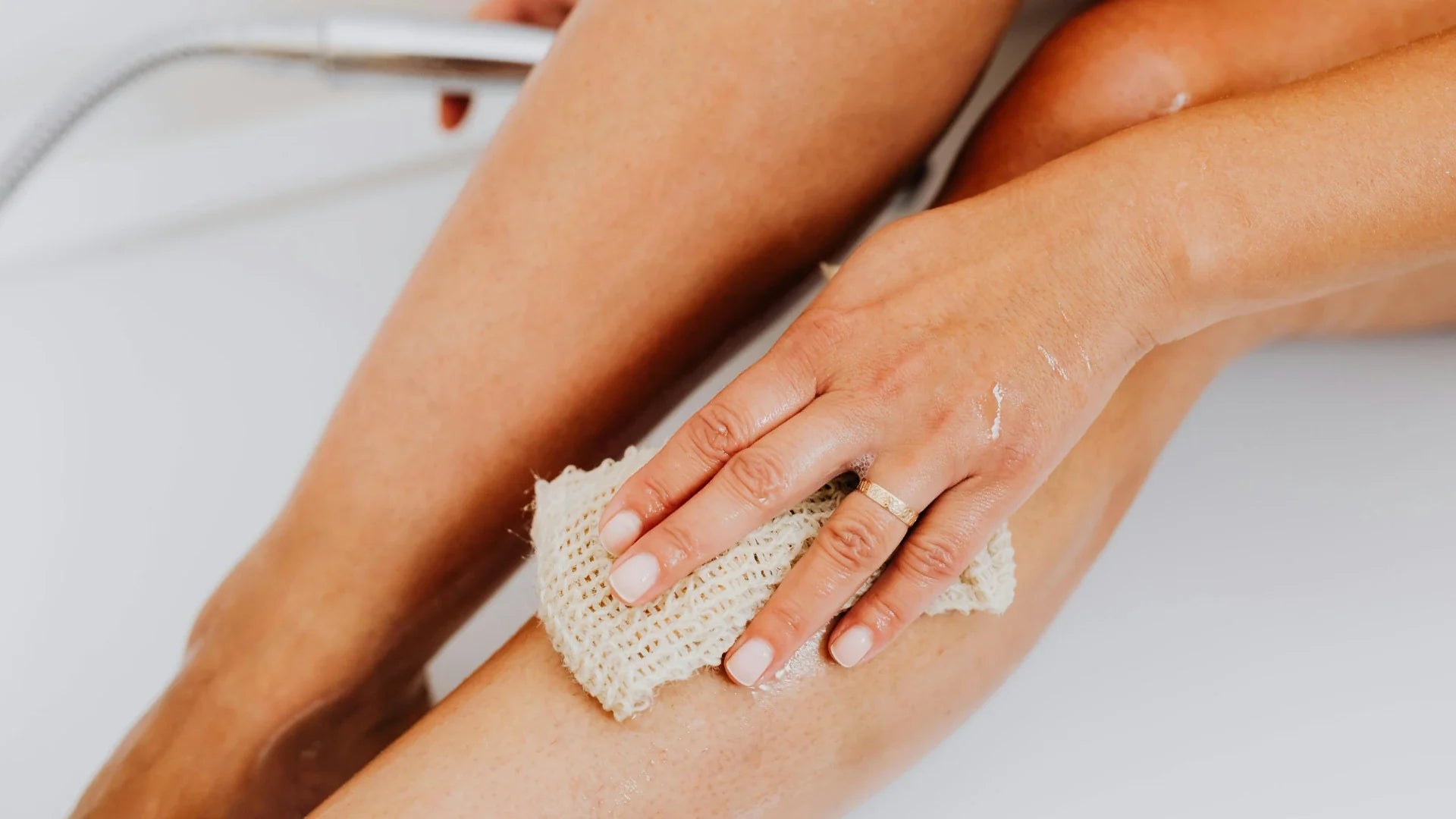Do You Exfoliate Before or After Shaving?

Achieving a smooth, irritation-free shave requires more than a sharp razor and quality shaving cream. One key step that is often overlooked is exfoliation. But many ask: Do you exfoliate before or after shaving? This comprehensive guide explores the science behind exfoliation, when to do it, and how it impacts your shaving routine.
What is "Do You Exfoliate Before or After Shaving"?
The phrase "Do you exfoliate before or after shaving?" refers to the optimal timing of exfoliation in relation to your shaving routine. Exfoliation removes dead skin cells, unclogs pores, and preps the skin for a cleaner shave. Understanding when to exfoliate can reduce irritation, prevent ingrown hairs, and enhance overall skin smoothness.
Key Benefits of Exfoliating:
- Removes dead skin cells
- Minimises clogged pores and razor bumps
- Softens hair for easier shaving
- Reduces the risk of ingrown hairs
- Allows for a closer shave
Should You Exfoliate Before or After Shaving?
Exfoliating Before Shaving (Recommended)
Dermatologists and skincare experts generally recommend exfoliating before shaving. Here's why:
- Removes surface debris: Clears away dead skin cells that could clog your razor.
- Lifts hair: Helps prevent ingrown hairs by exposing more of the hair shaft.
- Prepares the skin: Creates a smooth surface for the razor to glide over.
Why Not After?
Post-shave skin is more sensitive and prone to micro-cuts. Exfoliating at this stage can cause stinging, inflammation, and damage to the skin barrier.
Types of Exfoliation: Physical vs. Chemical
Understanding the types of exfoliation can help you choose the right method for your skin type.
Physical Exfoliants
- Contain small grains or particles
- Examples: Scrubs with sugar, salt, or microbeads
- Best for: Oily or non-sensitive skin
Chemical Exfoliants
- Use acids like AHAs (lactic, glycolic) or BHAs (salicylic acid)
- Penetrate deeper to remove dead cells without abrasion
- Best for: Sensitive or acne-prone skin
Tip: For facial shaving, chemical exfoliants are often gentler and more effective.
Best Practices for Exfoliating Before Shaving
Step-by-Step Routine
- Cleanse your skin with a gentle, pH-balanced cleanser.
- Exfoliate using a product suited to your skin type (physical or chemical).
- Rinse thoroughly to remove all product residue.
- Apply a warm towel or shave after a warm shower to soften hair.
- Use a lubricating shave gel or cream.
- Shave using short, gentle strokes.
- Rinse and pat dry.
-
Apply a soothing, alcohol-free moisturiser.
Frequency
- 2-3 times a week for most skin types.
- Avoid daily exfoliation to prevent over-sensitising the skin
| Factor | Exfoliate Before | Exfoliate After |
|---|---|---|
| Ingrown Hair Risk | Reduced | Increased |
| Skin Irritation | Reduced | Higher |
| Razor Glide | Smoother | Slightly rough |
| Post-shave Sensitivity | Lower | Higher |
Common Myths About Exfoliating Before Shaving

Myth 1: Exfoliating and shaving at the same time saves time.
Reality: Doing both simultaneously increases the risk of skin damage.
Myth 2: Exfoliation thins the skin.
Reality: When done properly, exfoliation strengthens skin renewal and texture.
Myth 3: Only people with acne or oily skin need to exfoliate.
Reality: All skin types benefit from regular exfoliation, including dry and sensitive skin.
Real-World Tips for Different Skin Types
For Sensitive Skin
- Choose fragrance-free chemical exfoliants.
- Avoid gritty scrubs.
- Patch test before use.
For Dry Skin
- Use lactic acid or urea-based exfoliants.
- Follow up with a hydrating barrier cream.
For Oily Skin
- Opt for salicylic acid-based exfoliants to unclog pores.
Exfoliate First for a Better Shave
So, do you exfoliate before or after shaving? The expert consensus is clear: always exfoliate before shaving. This simple yet powerful step can elevate your grooming routine by preventing irritation, ingrown hairs, and uneven texture. For optimal results, match your exfoliant to your skin type and follow a consistent skincare routine.




























